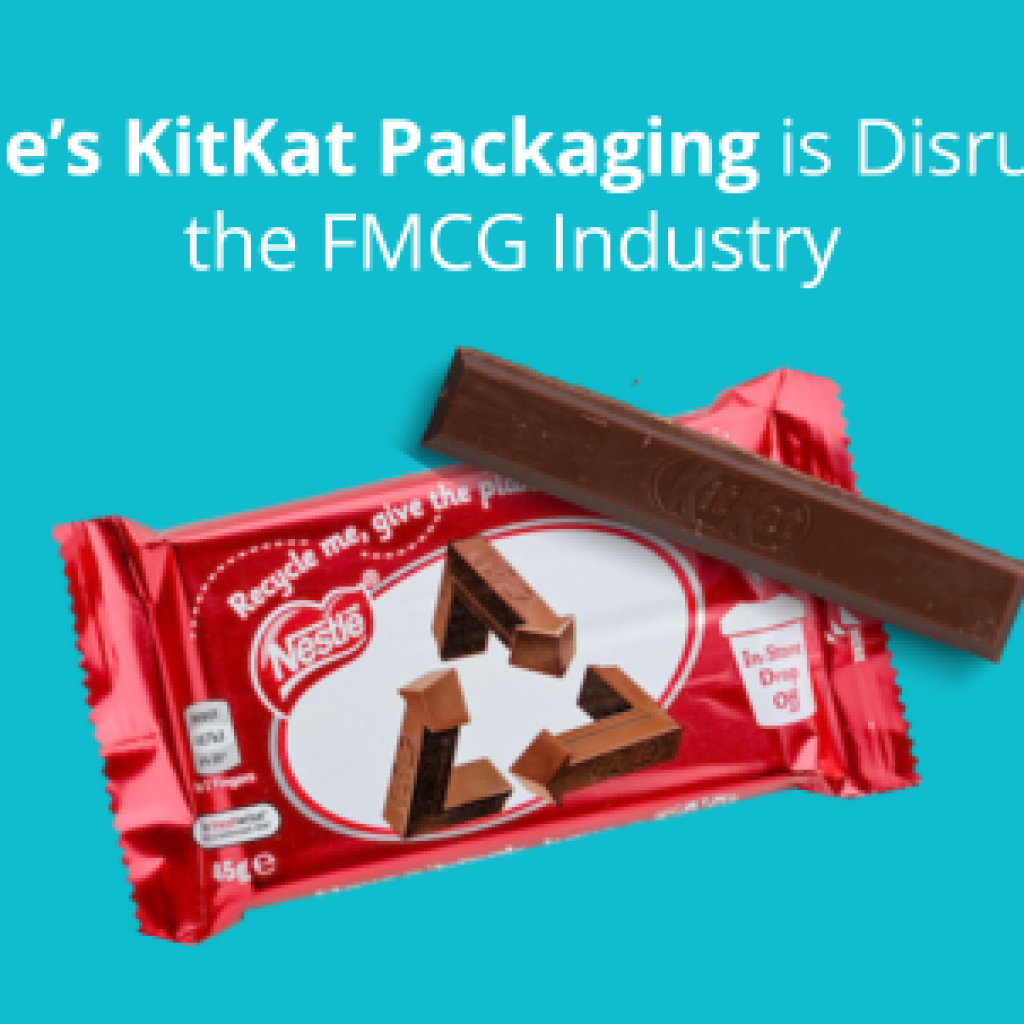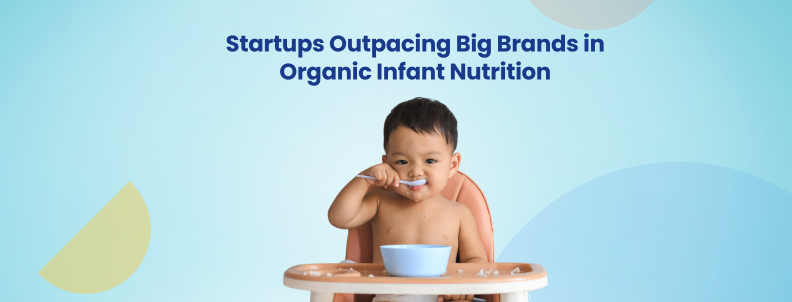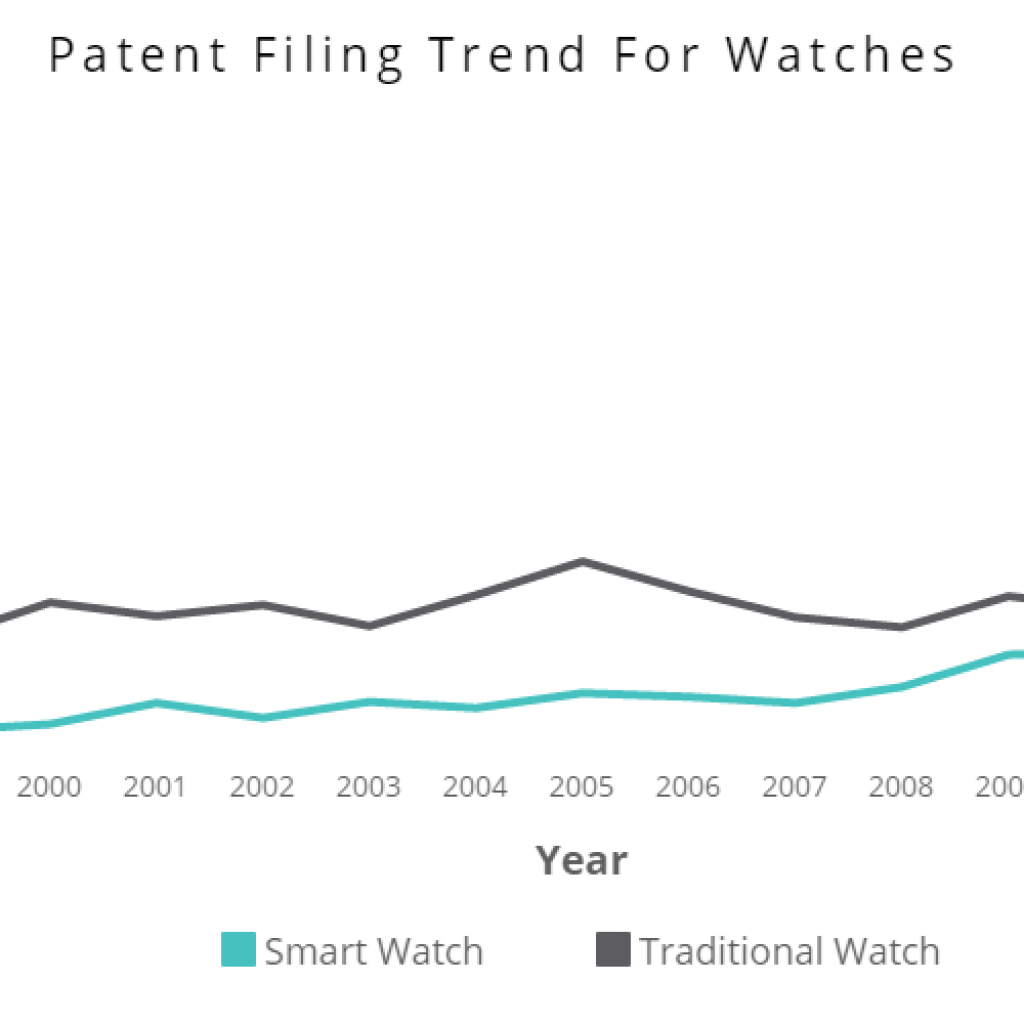Compared to other industries, innovation in the food and beverage domain can be quite slow. However, the industry progressed during covid to keep up with the rapidly evolving consumer habits and needs. And post-pandemic, it has become vital for the Food and Beverage industry to make room for collaborative environments given that consumers expect more creativity, new ingredient options, and greater diversity of products.In order to pace up the whole innovation process, strategies such as in-house R&D, open innovation, funded research, etc., can be a good bet. Well, various companies are setting up an example in the domain by participating in various collaborations to foster innovation. To better understand this, we divided the collaborations into two categories:
- Collaboration of entities from different domains – where the companies from two different domains collaborate to foster the research and provide solutions to certain industrial problems. Such types of collaboration reflect the integration of cross-domain solutions. For example, one company can be a food & beverage company, while the other is from a different domain like packaging, chemicals, healthcare, etc.
- Collaboration of entities from similar domains – where the involved companies are from the same domain, there is a good chance that they could even be competitors. Since the collaboration is between competitors, probably the solution they are looking for may have a huge impact.
We will also analyze real-life collaborations under each category to discuss them in detail.
Collaboration of entities from different domains
Coca-Cola (carbonated soft-drink manufacturer) and Purecircle (stevia sweetener producer) – Stevia-based drink replicating sucrose’s taste profile.

There has been a great consumer demand for non-caloric or low caloric sweeteners. But, these sweeteners are produced by synthetic chemicals, and customers are inclined toward natural alternatives. Steviol glycosides, which can satisfy this demand, are naturally obtained from Stevia rebaudiana Bertoni (a perennial shrub).
Coca-Cola and Purecircle worked collaboratively to achieve a flavor profile similar to sucrose. They passed steviol glycosides through a multi-column system packed with adsorbent resin. This is done to adsorb steviol glycosides with a high Reb X component. This process alters the taste profile and makes it more aligned with sucrose. These companies have protected their research by filing the patent (AU2021202897A1).
This partnership emerged in the news in 2012, and Coca-Cola launched its first 100% stevia-sweetened Coke (containing Stevia rebaudiana). (Source) (Source)
PureCircle is a producer and innovator of stevia ingredients for the global food and beverage industry. Its portfolio of plant-based stevia flavor modifiers, sweeteners, and integrated solutions delivers sugar reduction across product categories. (Source)
Coca-Cola is the largest carbonated soft drink company. It produces concentrate (mixed, combined with filtered water and sweeteners later on), which is then sold to licensed Coca-Cola bottlers worldwide. (Source)
Kerry Group (food ingredients and flavor Company) and Kalle (packaging company) – Transferable colorings and flavorings-based packaging.

Today, various foodstuffs are typically provided in different kinds of packaging. These packagings can be made up of various materials such as cellulose casings, fibrous casings, plastic casings and films, composite casings and films, and collagen gel casings and films. Nowadays, some packaging materials even come with an “additive” infused inside of them. When a foodstuff comes in contact with the packaging, the “additive” is transferred to the foodstuff during processing. The result is a pleasing flavor and/or color on the surface of the finished food item.
Kerry and Kalle are working on a special type of food casing/packaging which is coated on the inside with transferrable coloring or flavoring agent (comprises hydrolyzed vegetable protein (HVP), acid-hydrolyzed vegetable protein, and a yeast extract) which has been patent protected (EP3136870B1). The casing also comprises an antimicrobial additive to inhibit the growth of microorganisms on the food product. When the foodstuff comes in contact with the packaging, the “additive” is transferred to the foodstuff’s surface. The result is a flavor or color on the surface of the finished food item, and this adds great value to the appeal of the final product.
Kalle specializes in the industrial manufacture of sausage casings. In addition to this, the Wiesbaden-based company produces sponge cloths, functional food ingredients, and a range of other products for the meat sector and other protein-processing industries. (Source)
Kerry is developing solutions that meet evolving tastes and provide sustainable nutrition. It supplies over 18,000 foods, food ingredients, and flavor products to customers in more than 140 countries worldwide. (Source)
Firmenich SA (flavor and fragrance company), Interquim SA (API manufacturer), and HealthTech Bio Actives (specializes in vitamins and flavonoids) – Sweeteners that do not alter other taste parameters.

Non-caloric lemon drinks and other lemonades generally have Stevia-based sweeteners added to them. Although these sweeteners provide a non-caloric way of life, they alter the drink’s taste. For example, these sweeteners alter the bitter taste of lemon and mask it. This makes the taste profile of the drink undesirable to the customers. So, there is an underlying demand for a sweetener that does not mask lemon’s bitter profiles but also provides a sweet effect.
Firmenich, Interquim, and HTBA all collaborated to work on enhancing the taste profiles by adding sweeteners that do not affect other taste parameters. These companies use ‘Naringenin’ as the sweetener agent to accomplish their desired characteristics.
Their work in collaboration is targeting the use of Naringenin as a sweetener which has been mentioned in their patent (CA2947450C). They conducted some tests to show how this compound could overcome the challenges discussed. The samples of Naringenin were tested for sweetness intensity by thirty participants. The data shows that the sample with Naringenin enhanced the sweetness of the 5% solution to about the same level of sweetness as the 6% sucrose solution without Naringenin. And along with this, it achieved its sweetness without significantly impacting any other flavor attributes (No masking of bitterness was observed). This shows that these compounds could hold the potential for selectively targeting the taste profiles in various food items.
Firmenich SA is a private Swiss company in the fragrance and flavor business. It is the largest privately owned company in the field and ranks number two worldwide. It has created perfumes for over 125 years and produced several flavors. (Source)
Interquim is a Mexican company that manufactures active pharmaceutical ingredients (APIs) for national and international markets. It is one of the leading independent players in producing Vitamin B12 derivatives and specific products within the molecules market niche. (Source)
HTBA (HealthTech BioActives) specializes in flavonoids and vitamin B12 derivatives. It covers the entire value chain, from raw materials to merchandise, with global reach in pharmaceuticals, dietary supplements, human and animal nutrition, and cosmetics. (Source)
Collaboration of entities from similar domains
Sweet Green Fields (Stevia-sweetener company) and EPC Natural Products (taste and flavor modulator company) – Improving the solubility of steviol glycosides.

SGF and EPC are working on improving Steviol glycosides (naturally occurring sweetener) characteristics for food applications to achieve improved solubility, taste profile, and flavoring.
Stevia glycosides generally have poor solubility characteristics. Poor solubility also has a significant impact on the taste profiles of the final product. This property limits its applications in the food & beverage industry.
To solve this, these companies have prepared a steviol glycosides composition by hydrolysis. This composition has improved solubility and taste profile compared to the starting materials. Also, these hydrolyzed steviol glycosides can be combined with other salts and natural or synthetic sweeteners to make compositions with improved solubility and sensory profile. This is also claimed in the patent (EP3768098A4)
Furthermore, based on this patent, Sweet Green Field launched ‘Intesse X’, a stevia-based solution for sugar-reduced dairy products. The product could intensify the sweetness by up to as much as 10% sucrose equivalent value (SEV). (Source)
Sweet Green Fields is a privately held, fully integrated global stevia ingredients company. The company integrates the below-mentioned scientific models in four key areas to create stevia products:
- Product Development and Formulation;
- Agriculture Research and Development,
- Extraction and Supply Chain Optimization,
- Intellectual Property.
SGF has reduced sugar applications in beverages, dairy, baking, and confectionery. (Source)
EPC Natural Products works on natural taste and flavor modulators. EPC provides TasteAroma, ZestAroma, Savarin, and Thaumagic modulators containing retronasal aromas. These solutions make sugar-reduced consumables and clean labeling and support cost optimization in end-product formulations. (Source)
Nestle Health Sciences (nutrition science company) and Codexis (develops bio-solutions for human health) – Treatment for Pancreatic Enzyme Insufficiency.

In 2017, Nestle Health Sciences and Codexis signed a Strategic Collaboration Agreement (SCA) to co-discover new enzyme therapy candidates for Nestlé Health Science’s nutritional therapies portfolio. In addition, they are collaboratively working on the development of lipase polypeptide to help the patients facing the issue of Pancreatic Enzyme Insufficiency/PEI.
Pancreatic enzyme insufficiency/PEI is an issue faced by patients which decreases the secretion of pancreatic enzymes into the duodenum. This leads to poor digestion of food, and inadequate absorption of fat, proteins, carbohydrates, and vitamins by the intestines, leading to malnutrition. Although orally administered treatments are currently available, the condition may not be alleviated in some people due to insufficient activity of the gastrointestinal tract.
To target this, Nestle and Codexis are working on a recombinant lipase comprising of amino acid sequence and polypeptide sequence as claimed in a patent (AU2020336468A1). Engineered lipase polypeptide can improve the treatment of PEI with engineered lipase polypeptide. This treatment improves its thermostability, protease stability, and stability under various pH conditions. Finally, this solves the issue of decreased secretion of pancreatic enzymes into the duodenum. The CDX-7108 program (working towards Exocrine Pancreatic Insufficiency) is the first project performed under the Strategic Collaboration (SCA) in 2017. Currently, this therapeutic enzyme candidate is being moved into preclinical and clinical development. (Source) AU2020336468A1
Nestlé is a Swiss multinational food and drinks processing conglomerate corporation founded in 1866. One of its subsidiaries is Nestle Health Sciences which was founded in 2011. It is based on nutritional therapies with relevant levels of life benefits and clinical and health economic value. (Source)
Codexis applies its technology platform to engineer enzymes for biosolutions that benefit human and environmental health. Its development ranges from developing biocatalysts for sustainable manufacturing of pharmaceuticals and food ingredients to engineering enzymes for effective disease treatments and accurate molecular diagnostics. (Source)
Conclusion
It won’t be wrong to say that companies have realized the potential of collaboration because not just the startups but even the big giants that are stepping up. On further analysis, we have seen that in the majority of the collaborations one of the entities involved is a big food & beverage player, and the other is a supplier of specialized compounds (such as APIs, sweeteners, chemicals, etc.). This shows that companies might not inherently be capable of innovating on their own specialized compounds (such as APIs, sweeteners, chemicals, etc.). Hence, they are actively looking for collaborative efforts from other players to succeed.
And, owing to the increased customer awareness, the market is expected to grow significantly, which opens doors for multiple collaborations. But, a successful collaboration needs extensive analysis of your business and even of other domains.
Get an extensive report on the probable collaborators for your business:











